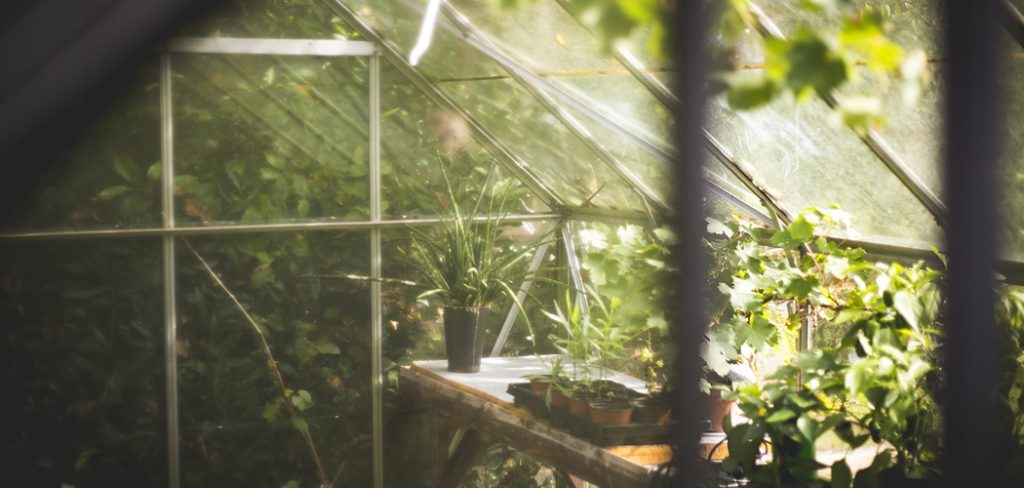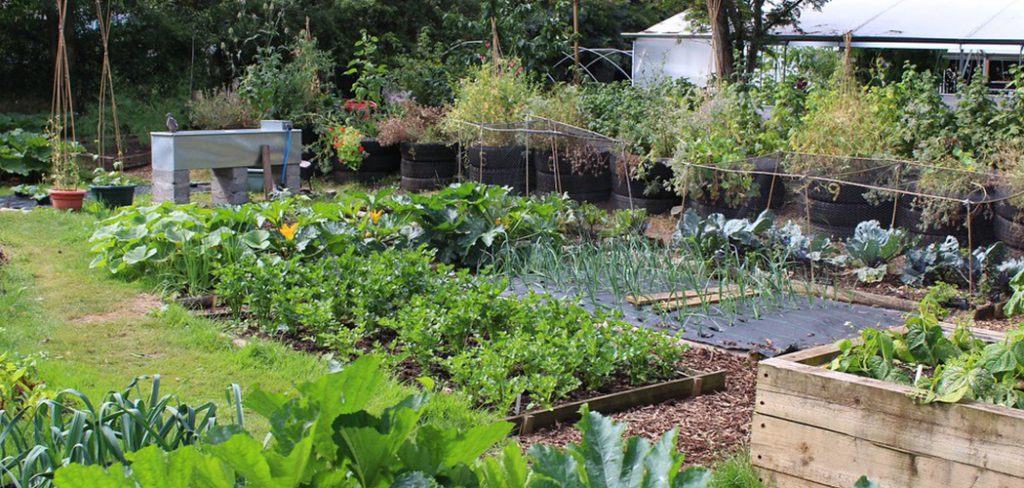For a long time, orchids were rare plants. Today, they have become an essential element of decoration in our interiors. Among houseplants, orchids inevitably attract with the beauty of their mythical flowers. This flower culture is often considered delicate. However, this is not the case with a number of species that are fairly easy to acclimatize in our interiors. Read on to find out more about orchids, including how to regrow orchids indoors!
Orchids live in their natural habitat attached to tree branches. They draw water and nutrients from rainwater, atmospheric humidity, and decomposed plant waste that accumulates on the bark. Just like roses, orchids can be regrown at home; the question is how to regrow orchids and which kind of this flower is easy to regrow at home.
Orchids can be of so many varieties and species when it comes to indoor growing and maintaining. The flowering of orchids often lasts several weeks; one of the longest is that of Phalaenopsis. There is a very important variety, brightly colored (Oncidium, Miltoniopsis), intriguing by their shapes (Venus hoof, Cattleya), and even scented (Dendrobium, Zygopetalum).
Flowers, no matter which type and kind, adds beauty to the house, their freshness and scent keeps the people living around feel fresher and brings joy to the mood. Let’s learn a few things about orchids:
Tips On How To Make Orchids Bloom More Flowers
If you already have an orchid pot at home and flowers are so intimidating that you want to grow more of them. You don’t need to rush to the nursery to get some seeds for the flowering plant. But how to make orchids bloom more flowers, here are a few tips:
- You should cut off the deflowered parts above the lower node to encourage new flower production; this is a must repeated thing to do for blooming of more flowers.
- If you are having orchids for years then repot the orchid if the soil seems depleted, do it after 2 or 3 years, this will give orchids new nutrients.
- Expose orchid pot in front of a window, not necessarily in the south if not the rays of the sun can be too strong, but rather in the east, with the rising sun.
- Try to bathe the pot for about 15 minutes, once a week, in the water at room temperature, so that the humid atmosphere is preserved. Drain the pot well so as not to leave stagnant water in the pot. And wait until the earth and the roots have dried out before watering again.
- Make sure not to use special orchid fertilizer as they will grow well without them, but if you want them you can use it a little every now and then.
Above mentioned are a few tips on how to make orchids bloom more flowers, try them out these all are really helpful. The formation of flower buds is caused by the temperature difference between day and night associated with a small period of drought.
When Do Orchids Bloom Indoors?
Just like other flowers and plants, orchids can also bloom indoor quite easily, keep an eye on it, and if your orchid making the head? This delicate and fragile flower requires specific care to bloom again from one year to the next. To get more of the new spike, watering and most importantly the quality of your water matters a lot. Check that the substrate or potting soil is still wet by inserting; at least 2 cm of the soil should be wet for better growth.
In our homes, we mainly have potted orchids and when do orchids bloom indoors, this happens when you give them water and when the roots are gray and dull. Orchids do not like hard water on them; try to spray on them very carefully. So prefer rain or filtered water using a carafe. Finally, only the roots and foliage should be wet: use a mist sprayer.
How To Care For Orchids
One of the facts about orchids is that they have tough roots that they can grow in little soil and even without soil. A few are the tips on how to care for orchids:
- Water orchids with soft water; do not go hard with them.
- Try to collect rainwater; it is really essential for the growth of orchids.
- Maintain high air humidity around the orchid’s pot. Just like Miltonia and Phalaenopsis, they require high humidity of air because water spray is not good for its growth.
- Adding special orchid liquid fertilizer is a better choice to make when it comes to giving the poverty of the substrate.
- Spray water from time to time, water more in dry weather.
- Place orchids pot in a sheltered situation, under a tree with light foliage.
- When the buds are formed, resume watering and add a little fertilizer.
To succeed in pots, it is advisable to offer them a neutral substrate, composed of bark, clay balls, coconut fibers, and/or sphagnum. This mixture is just there to hold them in place. After a few weeks, or even a few months sometimes, you will see a new stem appear with flower buds at the end, which will develop to give you beautiful flowers again. Some orchids, other than Phalaenopsis, need nights much cooler than days to trigger a new bloom.
Conclusion
Most of us know how to take care of plants and now you know how to regrow orchids and how to care for them, following all the tips mentioned above, make the growing and blooming of orchids much easy. Depending on the care and doing all the required regular maintenance, orchids can live freshly and for a hundred years. And if you will keep orchids happy, they will bloom more often. But once the plant has entered, place the pot near a window, but without direct sunlight and away from any heat source.
Whether it’s your terrace or your room balconies, study room, or the home library, having orchids flower pots around add a refreshing look to the sight and brings joy to the moment.

